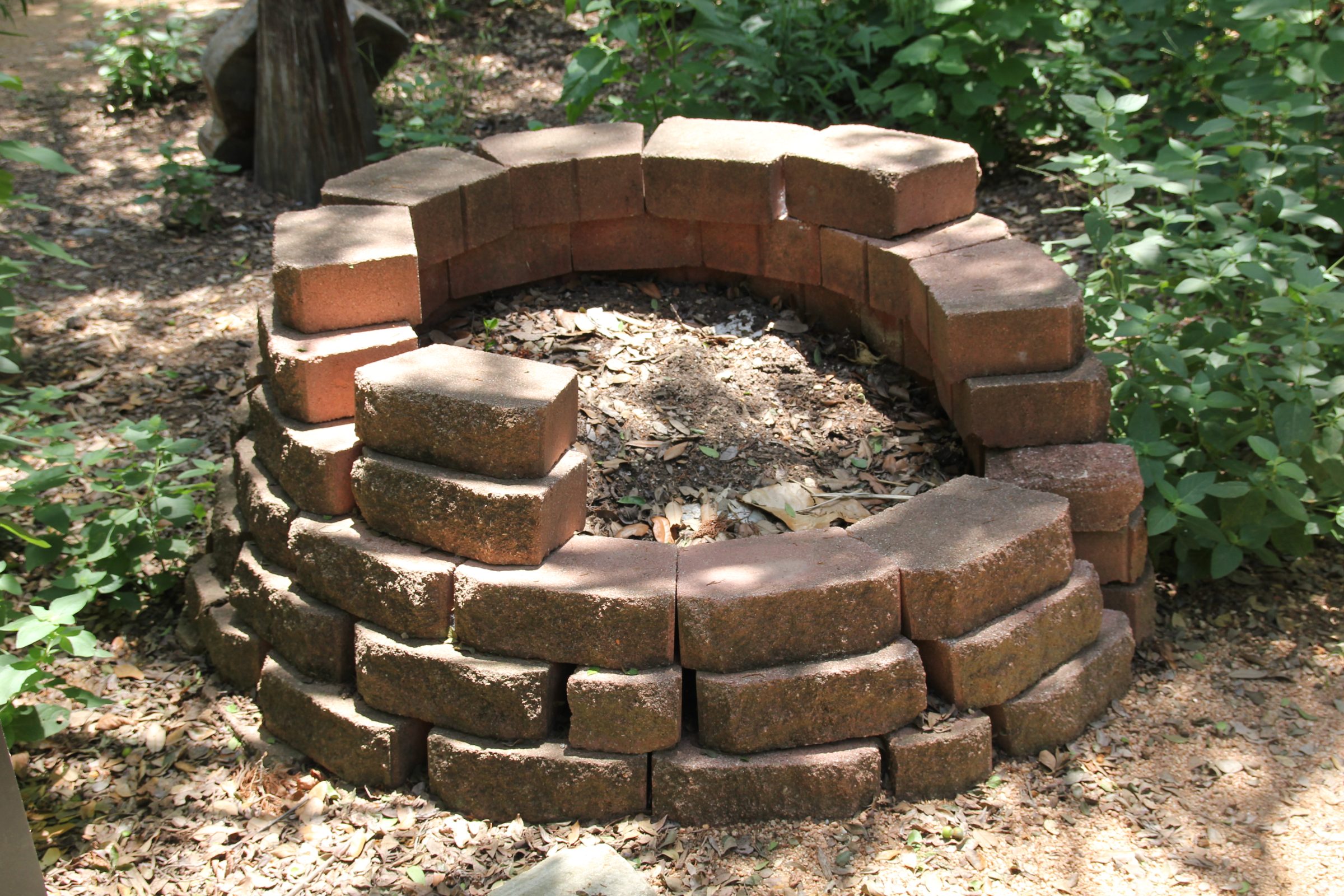
Overview
Home composting is an easy and inexpensive way to create a valuable soil amendment from yard and household waste. Composting means less waste going into the landfill and less need for chemical fertilizers.
While many people simply pile their compost in a heap, others may want to use a bin to contain their compost and speed up the composting process. Compost bins vary in size, use, and cost, whether you purchase a commercial product or build one yourself. This Do-It-Yourself Compost Bin series provides you with all you need to know to build your very own compost bin.
Concrete Block Composter
Concrete block bins are durable, require few tools, and can handle large amounts of yard materials. Growing vines around the outside of these bins can soften their more “industrial” appearance. The following plans are for a one-bin unit (figure 1) or three-bin unit (figure 2). To make a two-bin unit, simply leave the third section off of the three-bin unit.
Block bins can be used as turning or holding bins. Turning or mixing will make the materials compost much faster. There are two ways to use the three-bin unit as a turning bin.
The first method is to build a compost pile in one end section, transfer the materials to the middle after a time, and then later transfer them to the third section.
The second method is to build two compost piles, one in each end section. Transfer materials from one section to the middle section and then back to original end section. Repeat the process for the pile in the other end section.
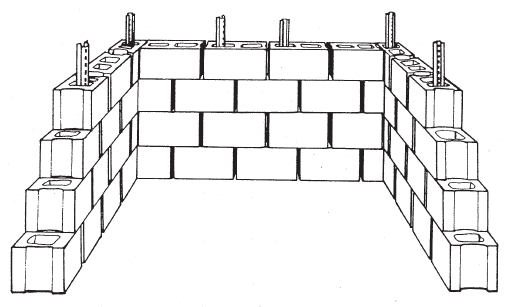
1-Bin Composter
Cost: $
Capacity: Ten to twelve 30-gallon bags of yard materials
Degree of difficulty: ✪ ✪
Some building skills needed

3-Bin Composter
Cost: $$
Capacity: Thirty to thirty-eight 30-gallon bags of lawn materials
Degree of difficulty: ✪ ✪
Some building skills needed
Construction Materials
1-Bin Composter
- 38 concrete blocks (8” wide)
- Five 4’-long metal posts
- Chisel
- Work gloves
- Level
- Shovel
- Hammer or mallet
3-Bin Composter
- 86 concrete blocks (8” wide)
- Four half concrete blocks (8” wide)
- Eleven 4’-long metal posts
- Chisel
- Work gloves
- Level
- Shovel
- Hammer or mallet
Half blocks can be purchased or split from full blocks. Figure 3 shows a full concrete block with a central slit between the holes that makes it easy to split it into two half blocks. Score each side of the block in the plane of the slit with a chisel. Then use the chisel and a hammer to split the block along the score.
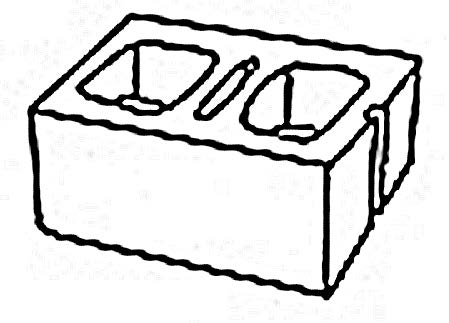
Figure 3. Concrete block detail showing the central slit
Construction details
- Before you start construction of your bin, pick a good spot for it in your yard. The spot should be relatively level and not a location where water may pool or collect. Place concrete blocks on the ground, as shown in figure 4. For the base course, you will use 11 blocks for a one-bin unit or 25 blocks for a three-bin unit. Leave about a ½” between each block to let air in.
- Add a second layer of blocks, staggering them to increase stability. Note the placement of the two half blocks (shaded) in the three-bin unit (figure 2).
- Add a third layer of blocks, again staggering them to increase stability.
- Add the last or top layer, staggering the blocks. Note the placement of the two half blocks (shaded) in the three-bin unit (figure 2).
- To make the unit more stable, drive metal posts through the holes in the blocks as shown (figures 1 and 2).
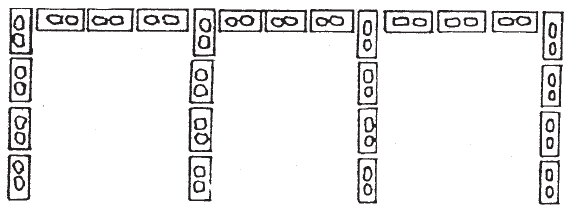
Figure 4. First layer of concrete blocks for the 3-bin unit
Conclusion
Now you are ready to set your bin out in your yard and begin composting! Learn more about making and using compost in the garden as you get started.
Authors: Joe Van Rossum, former Recycling Specialist and Director at the Solid & Hazardous Waste Education Center (SHWEC)
Rev: 2013
Item number: G4020-03
References
Source: Adapted with permission from Composting to Reduce the Waste Stream (NRAES-43), Cornell Cooperative Extension.
Composting to Reduce the Waste Stream (NRAES-43) Plants and Life Sciences Publishing (PALS), Cornell Cooperative Extension http://palspublishing.cals.cornell.edu/ nra_order.taf?_function=detail&pr_ booknum=nraes-43
Master Composter Resource Manual Cornell Waste Management Institute cwmi.css.cornell.edu/ mastercompostermanual.pdf





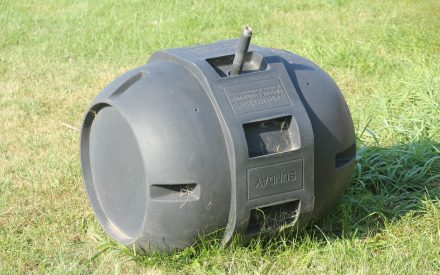 Barrel Composter: Do-It-Yourself Compost Bin Instructions
Barrel Composter: Do-It-Yourself Compost Bin Instructions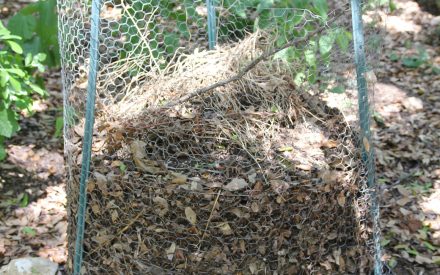 Wire Mesh Composter: Do-It-Yourself Compost Bin Instructions
Wire Mesh Composter: Do-It-Yourself Compost Bin Instructions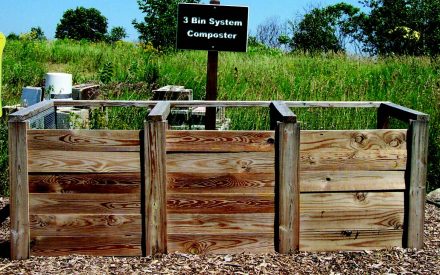 Wood 3-Bin Composter: Do-It-Yourself Compost Bin Instructions
Wood 3-Bin Composter: Do-It-Yourself Compost Bin Instructions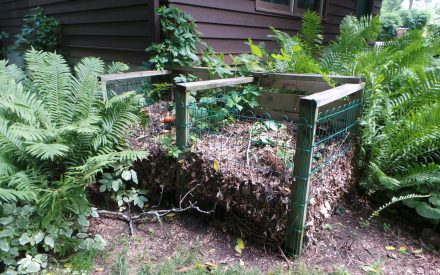 Wood & Wire Composter: Do-It-Yourself Compost Bin Instructions
Wood & Wire Composter: Do-It-Yourself Compost Bin Instructions


